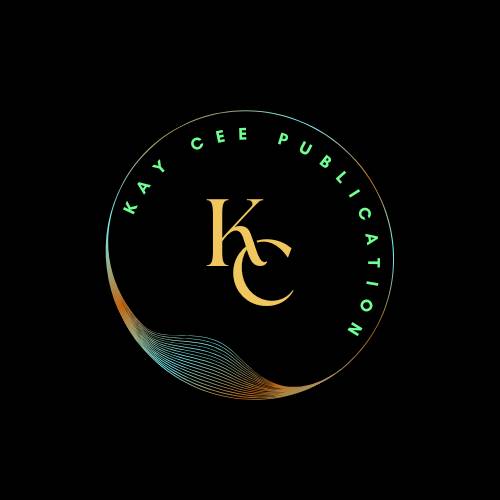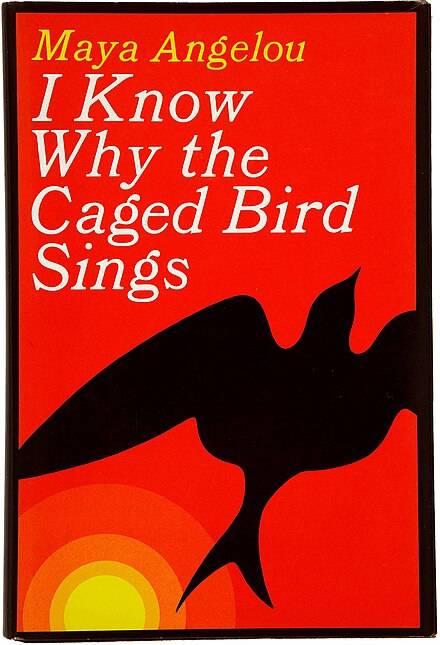PART ONE(1)
"I Know Why the Caged Bird Sings" by Maya Angelou
POSSIBLE QUESTIONS
a. Images in it
b. Comment on how the images contributes to the success beauty of the peace
c. Itemize the ideas that are raised in the poem.
Part two(2):
"A Man of the People" by Chinua Achebe
POSSIBLE QUESTIONS
a. In one paragraph, write a gist of the text “ A man of the people “
b. Outline the plot
c. Discuss on how the author has presented his characters.
d. Comment on how the author has used the language to present a theme in … “The man of the people.”
ANSWERS TO BOTH PART ONE AND TWO
Part 1: I Know Why the Caged Bird Sings by Maya Angelou
a. Images in the Poem:
- The free bird flying, leaping, and soaring in the sky.
- The caged bird trapped, with clipped wings and tied feet.
- The caged bird singing with fear but hope.
b. How the Images Contribute to the Poem’s Beauty:
- The contrast between the free bird and the caged bird intensifies the emotional impact of the poem, highlighting the themes of freedom and oppression. The vivid imagery of the free bird experiencing liberty and the caged bird suffering captivity evokes strong empathy from the reader. This emotional contrast enhances the beauty and depth of the poem, making the message of struggle and resilience more poignant.
c. Ideas Raised in the Poem:
- Freedom versus oppression
- The resilience of the human spirit
- The longing for freedom and justice
- Hope amid adversity
- Injustice and inequality
---
Part 2: A Man of the People by Chinua Achebe
a. Gist of the Text:
A Man of the People is a satirical novel set in postcolonial Africa. It tells the story of Odili, a young and idealistic schoolteacher, who becomes politically involved against Chief Nanga, a corrupt and manipulative politician. The novel explores the clash between tradition and modernity, the seductive nature of power, and the moral corruption that often comes with politics.
b. Outline of the Plot:
1. Odili, a young schoolteacher, narrates his disillusionment with Chief Nanga, his former mentor and a prominent politician.
2. Odili becomes involved in political opposition after witnessing the Chief’s corruption and manipulation.
3. Personal and political conflicts arise, especially when Chief Nanga takes an interest in Odili’s love interest, Elsie.
4. Odili joins a new political party that opposes Nanga’s regime.
5. The story culminates in political unrest, elections, and a military coup that overthrows the corrupt government.
c. Presentation of Characters:
Chinua Achebe presents his characters in a way that represents the political and social spectrum of postcolonial Africa. Chief Nanga is portrayed as charismatic yet morally corrupt, embodying the greed and exploitation within politics. Odili, in contrast, is initially idealistic but grows increasingly cynical as he becomes involved in the same political system. Other characters reflect various facets of Nigerian society, from the elites who benefit from corruption to the common people who suffer under it.
d. Use of Language to Present a Theme:
Achebe uses simple, accessible language mixed with African proverbs and local idioms, which not only grounds the novel in its cultural setting but also reflects the themes of tradition versus modernity. The satirical tone Achebe employs serves to critique the political landscape of postcolonial Africa, where leaders exploit their power for personal gain. Through witty dialogue and sharp irony, Achebe explores themes of political corruption, the abuse of power, and the disillusionment of the people.



No comments yet
Be the first to share your thoughts!